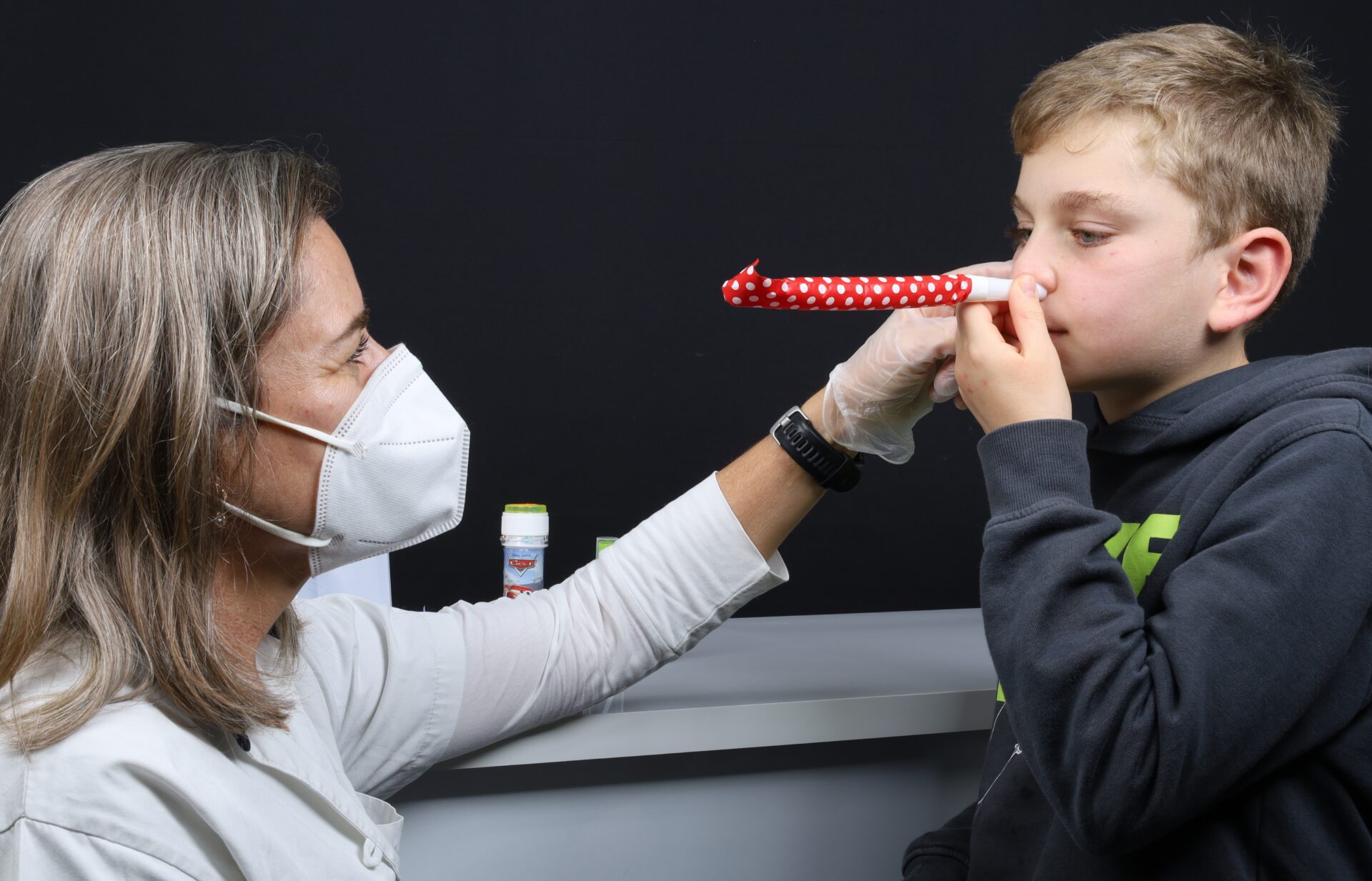SPEECH THERAPY
Speech-Language Pathologist is a clinician specialized in the evaluation and treatment of communication disorders and swallowing disorders, on people of all ages.
INTERVENTION IN SPEECH THERAPY
Communication
- Communication Disorder (difficulties in interacting with other people,initiating and maintaining eye contact, use of gestures and facial expressions).
Language:
- Delay on Language Development or Specific Language Disorder (late first words and phrases, difficulties in understanding what is said).
- Disruption of Reading and Writing (difficulties in understanding what is read and production of phonological errors, or writing errors relating to sounds).
- Aphasia, Alexia and / or Agraphia (disorder of oral language and / or written due to brain injury).
Speach
- Articulatory disorder (difficulty in producing speech sounds, to exchange and / or omission).
- Fluency Disorder (difficulties in the production of a continuous speech, with periods of dysfluency, or stuttering).
- Aphonia or dysphonia (voice disturbance, with the presence of hoarseness and effort to speak).
- Anarthria or Dysarthria (difficulty with motor execution of speech due to brain injury).
- Apraxia (motor planning disorder in speech due to brain injury).
Swallowing
- Dysphagia (difficulty in swallowing due to brain injury).
Oro-Facial Motricity
- Miofunction alteration of suction, swallowing and / or mastication (feeding difficulties due to changes in suction in swallowing and / or mastication).
- Miofunctional alteration of breathing (physiological difficulties in breathing, with the existence of a pattern predominantly oral).
SPEECH THERAPY AND ORTHODONTICS
Oro-Facial Motricity is a field of expertise that aims to study, assess and intervene in oral facial structures and neck. It also aims to improve the stomatognathic system functions (breathing, sucking, swallowing, mastication and speech).
Orthodontic treatment can be the cause or consequence of Oro-Facial Motricity difficulties. Therefore, an incorrect performance of the stomatognathic system functions may interfere with the dental arches in the same way that the structural changes of the teeth may also interfere with the execution of those functions.
A joint intervention in speech therapy and orthodontics proves to be essential, especially in the treatment of articulation disorders. A correct articulation of speech sounds requires a proper positioning of the structures performing precise movements of the articulators, which in turn depends on the existence of an orofacial morphological structure. In contrast, an inadequate myofunctional of the articulators is decisive in determining orofacial structures.
Given the existing two-way relationship between form and function, it becomes clear the need for joint action between Speech and Orthodontic Therapy, promoting aesthetic and facial balance.
WARNING SIGNS
|
Child … does not understand what you say? … swaps sounds? … have difficulty in reading and writing? … gets hoarse frequently from screaming? … shows stammer signals? … breathes through the mouth? … have difficulty swallowing? … chews with his mouth open or have difficulty mastication? |
Adults … difficulty and pain when swallowing? …frequent gagging? …difficulty speaking? …complaints when masticates? …difficulty in communicating with others after stroke? |
If, there are signs, the Speech-Language Pathologist can answer your questions and guide you.

